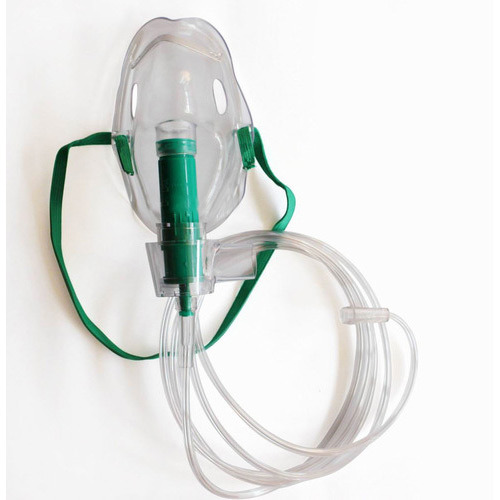A hobbit won't help with your emergency oxygen mask

By Bloomberg
Can Bilbo Baggins keep you safe at 35,000 feet? Air New Zealand apparently thinks so: For the second time in two years, it has produced a big-budget, Middle Earth-themed, preflight safety video to grab the attention of passengers who've seen too many preflight safety videos. More than four minutes long and grandly titled "The Most Epic Safety Video Ever Made," actors and orcs from the "Hobbit" films demonstrate where to stow bags, how to use a seat belt, and where the oxygen mask is located.
The video is well-made and entertaining, and it will probably sell tickets to the third and final Hobbit film, due Dec. 17. (Since its release a week ago, in fact, the video has racked up 8 million YouTube views.) But is there any reason to believe that such lavish productions are any more effective at ensuring passenger safety than an old-fashioned flight attendant holding up and clicking together a seat belt?
Perhaps the most comprehensive data on what airlines call preflight safety briefings comes from a 2000 U.S. National Transportation Safety Board survey of 457 passengers involved in 18 aircraft evacuations between 1997 and 1999. Of these, 52 percent claimed to have watched less than half of the briefing (and lived to tell the tale). When asked about the reasons for their inattention, 54 percent cited the fact that they'd seen such briefings before, and an additional 15 percent said the information was common knowledge.
This will surprise few air passengers in the U.S., or other countries where air travel has been common for decades. Yet studies suggest that passengers sometimes don't know as much as they think they do, especially if guidelines change. And with millions of Chinese and Indians, among others, taking to the skies for the first time, regulators are not about to make such briefings optional.
Existing regulations generally don't specify how the briefings are to be delivered, leaving the airlines plenty of room to decide for themselves how best to present the information. Beginning in the late 2000s several airlines began deploying sex and comedy in short video clips. Delta, for example, produced safety videos starring "Deltalina," an actual flight attendant memorable for her slow, seductive finger wave and plunging neckline. She became such an online viral sensation that Harry Connick Jr. publicly expressed his infatuation with her on "American Idol."
It's possible that Deltalina led to a general improvement in passenger knowledge of safety procedures. But what's absolutely certain is that she was a marketing bonanza for Delta. Other airlines took notice, and by the early 2010s funny preflight safety videos had become a thing. Air New Zealand led the pack with videos that starred Richard Simmons, Sports Illustrated swimsuit models and -- eventually -- hobbits and orcs.
As safety videos (as opposed to movie previews), the videos' effectiveness largely depends on whether they leverage what passengers already know about flight safety. On Air New Zealand, you get to watch an orc do something (put on an oxygen mask) that you're bored of watching a flight attendant do. In effect, you're entertained because you're already in on the gag.
But if you're taking your first flight, what is more likely to help you find the emergency exits: armed dwarfs holding up torches as a narrator encourages you to pay attention to your flight attendants? Or flight attendants pointing out the emergency exits?
The answer should be obvious, but for airlines, it hardly matters. Their focus is on lucrative frequent fliers and YouTube surfers -- groups that have one thing in common: boredom. Safety, in some ways, comes second.
Here we are to serve you with news right now. It does not cost much, but worth your attention.
Choose to support open, independent, quality journalism and subscribe on a monthly basis.
By subscribing to our online newspaper, you can have full digital access to all news, analysis, and much more.
You can also follow AzerNEWS on Twitter @AzerNewsAz or Facebook @AzerNewsNewspaper
Thank you!
